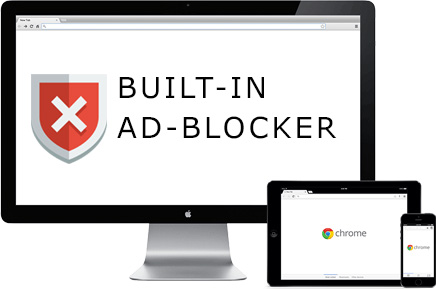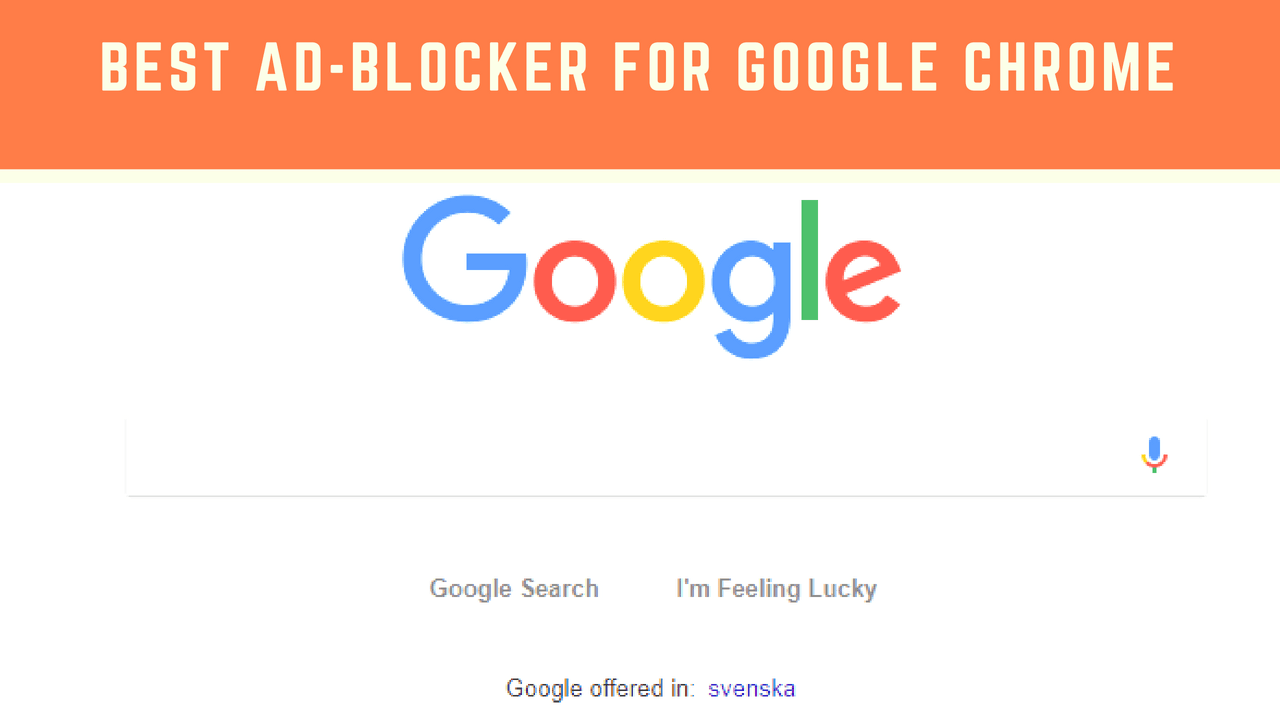

Google is going through and analyzing websites to determine whether they meet the Better Ads Standards or end up on the blocklist. Which websites end up on the blocklist is entirely at Google’s discretion. I don’t want to see other web browsers cede control over ad-blocking to Google, however. However, Google might offer the list of websites that don’t comply with the Better Ads Standards to other web browsers at some point in the future.

Not all web browsers block all types of unwanted software or behavior that the Safe Browsing service can identify.Īt the time of publication, this new type of threat data isn’t available in the public API for Safe Browsing that Google offers to third-party developers. Safe Browsing is built-in to many web browsers including Google Chrome, Mozilla Firefox, and Safari.

Users can opt-out of the ad-blocker by going to Chrome Settings: Content Settings: Ads and disabling the feature. Ad-blocking will be enabled by default on desktop and mobile. Websites that don’t comply with the Better Ads Standards will be labeled as being a threat of this type, and the browser can take actions against them according to user settings. Google have extended the Safe Browsing service to include a new type of threat called “ BETTER_ADS”. Chrome checks every website you visit against a list of malicious websites that it periodically downloads from Safe Browsing. Google Chrome already blocks malware, fraud, phishing, pop-up/under/-redirects, and other unwanted behavior through their Google Safe Browsing service. The standards are created by the Coalition for Better Ads, which includes advertisement industry organizations and companies like Microsoft and Google. The standards ban ad formats like auto-playing video ads, large ads that stick to the screen when you scroll, and interstitial ads. The Better Ads Standards are a set of rules, one set for desktop and one for mobile, that define unacceptably intrusive, distracting, and annoying advertisement formats. Google admits that they’re taking action against the types of web advertisements that annoy people the most in an order to halt the rise in ad-blockers that block all forms of advertisements on all websites. Google have announced that their Google Chrome web browser will block every ad on websites that aren’t compliant with the Better Ads Standards by default. Any changes it implement immediately changes how the web operates and how websites an monetize.

I took a look at Chromium source-code to find out a bit more about how this new ad-blocker will work.Īt the end of 2017, Google Chrome had nearly 55 % of the web browser market share across all devices worldwide, according to StatCounter. Google Chrome will begin blocking ads on some websites by default on 15th February 2018.


 0 kommentar(er)
0 kommentar(er)
